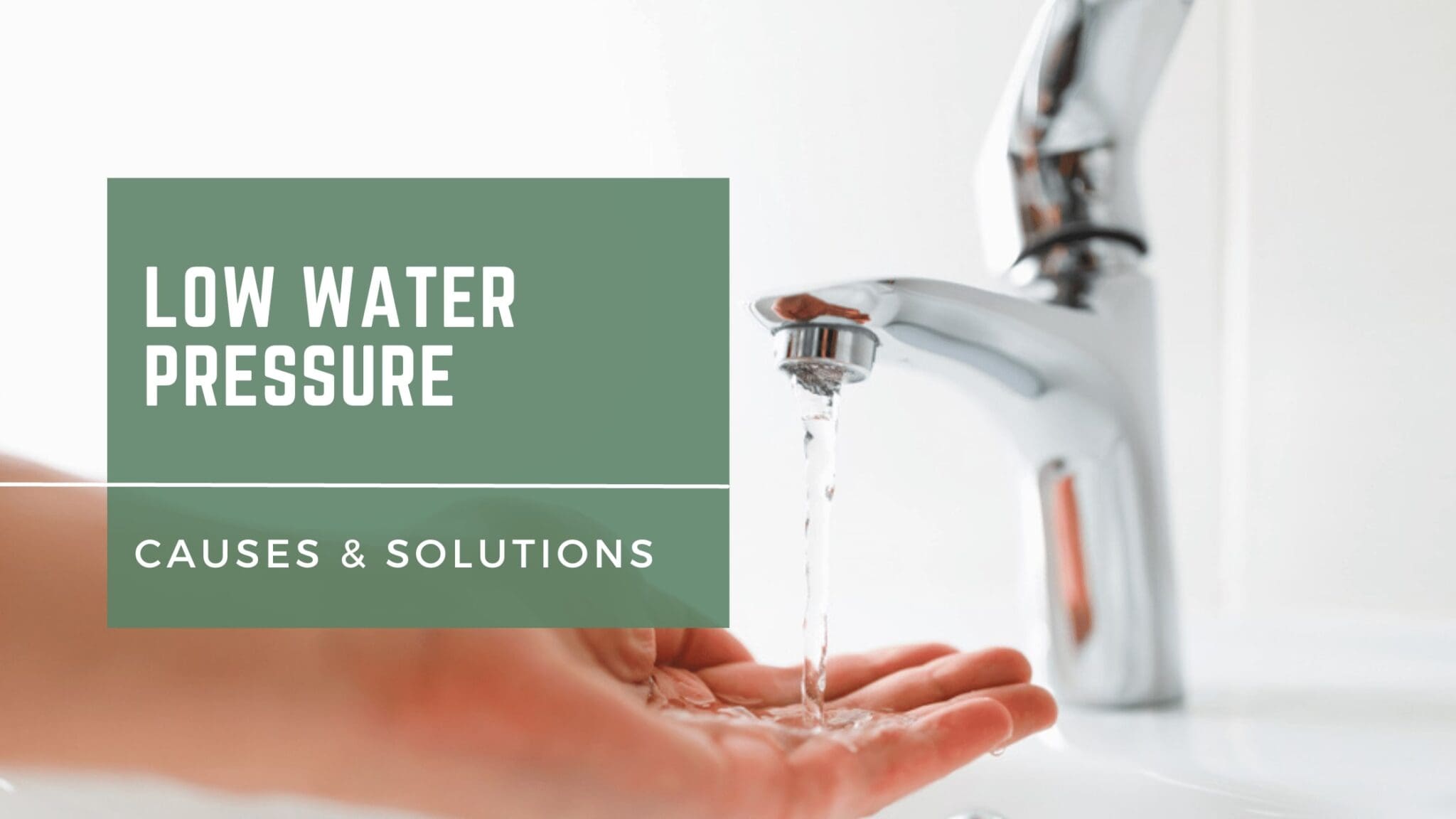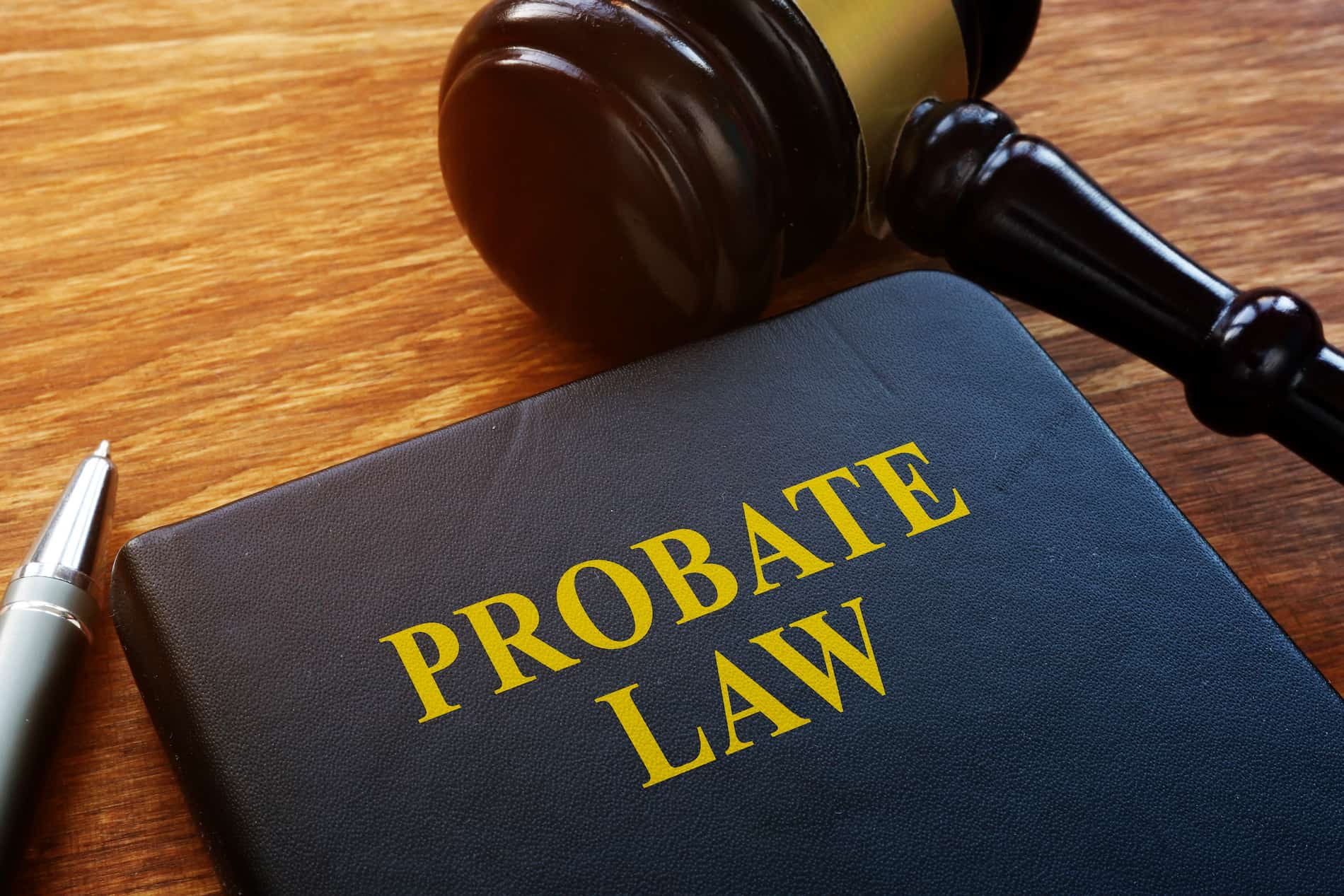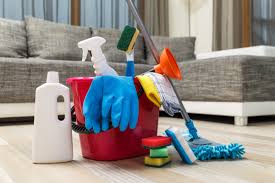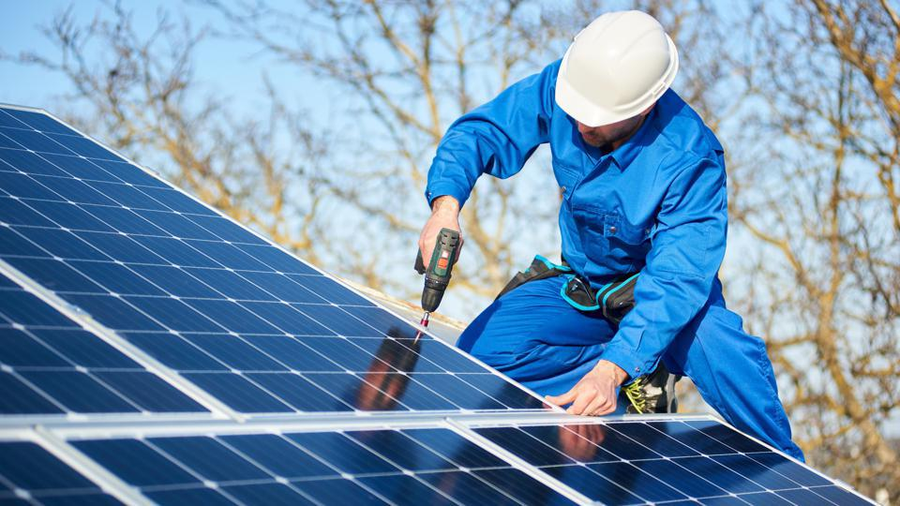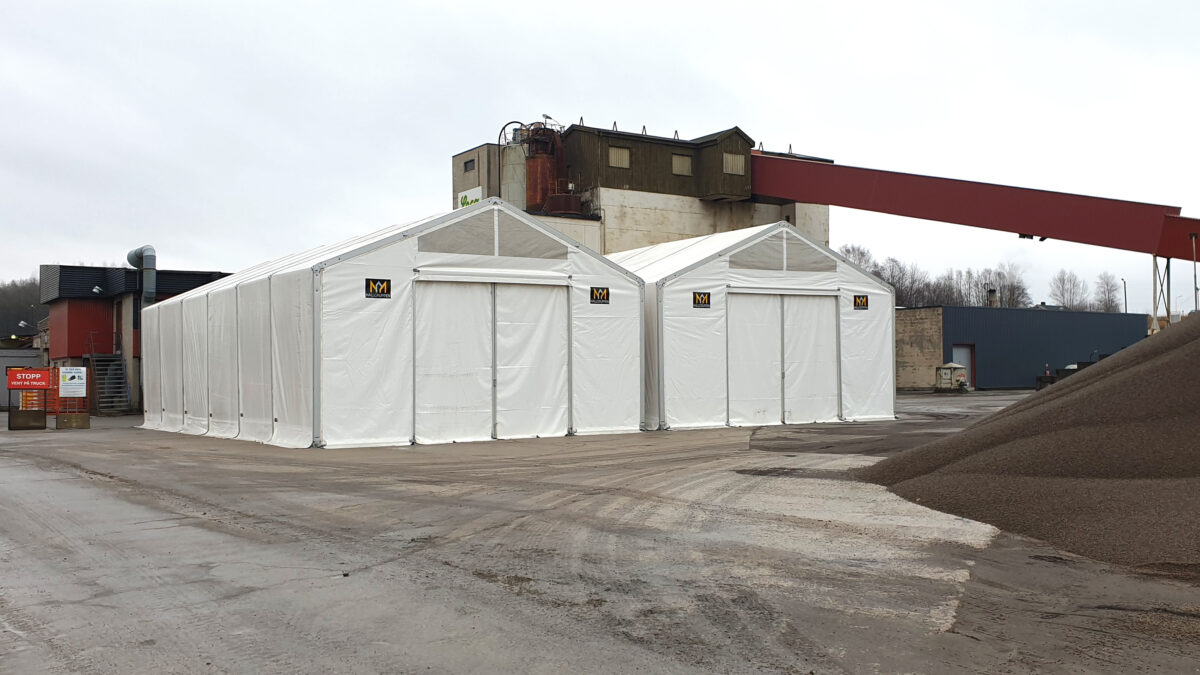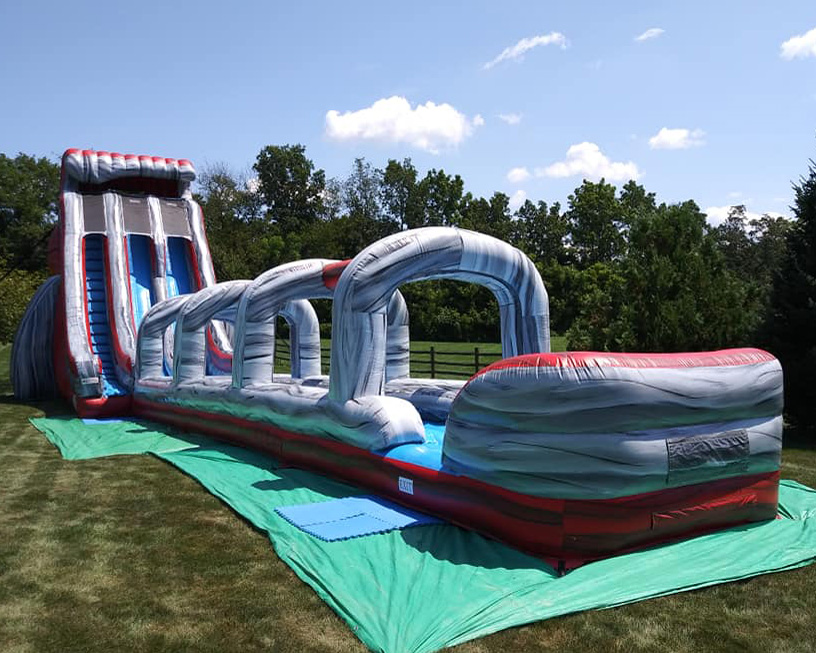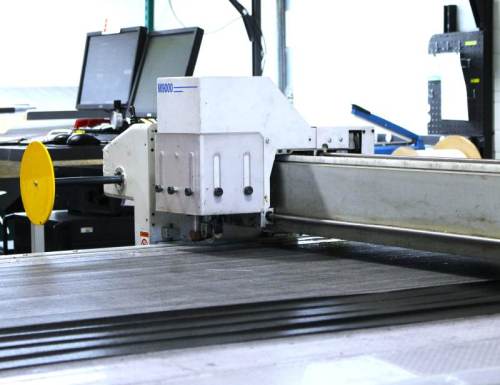Low water pressure can be a frustrating issue for homeowners and businesses alike, impacting everything from daily chores to plumbing systems’ performance. Understanding the underlying causes of low water pressure is essential to diagnose the problem effectively and determine the best course of action. Various factors can contribute to this issue, ranging from pipe obstructions and leaks to municipal supply constraints and demand fluctuations.
This article delves into the common causes of low water pressure, offering insights into how these factors interact and affect your water supply. By examining the infrastructure of water delivery systems and common household plumbing issues, readers will gain a comprehensive understanding of what can lead to reduced water pressure and how to address it proactively.
Common Causes of Low Water Pressure
One of the leading contributors to low water pressure is the accumulation of mineral deposits and sediment within pipes, which can restrict water flow. Over time, especially in older homes, these build-ups can significantly narrow the diameter of the pipes, creating bottlenecks. Additionally, leaks in the plumbing system can lead to reduced water pressure; even small leaks can divert a portion of the water supply away from the faucets and fixtures, resulting in noticeable drops in pressure during usage. For a deeper examination of various plumbing issues and how they affect water pressure, check out this resource: https://www.houzz.com/hznb/projects/what-causes-low-water-pressure-pj-vj~7595456.

Municipal Water Supply Issues
Sometimes, low water pressure originates from external sources, particularly from the municipal water supply. Changes in demand, such as increased usage during peak hours or ongoing infrastructure repairs, can temporarily diminish the water pressure available to your home or business. Additionally, issues like main breaks or supply limitations during droughts can exacerbate low pressure situations. It’s vital to stay informed about local water supply conditions, as awareness can help you prepare and mitigate the impact of these external factors on your daily water needs.
In conclusion, low water pressure can arise from a combination of internal and external factors, each contributing to the overall effectiveness of your plumbing system. Internal issues such as pipe blockages, mineral buildup, and leaks can directly impede water flow, while external municipal supply problems can introduce challenges that are beyond your control. By understanding these causes and staying informed about local supply conditions, homeowners can take proactive steps to diagnose and remedy low water pressure issues, ensuring a more reliable and efficient water delivery for their daily needs. Regular maintenance, timely repairs, and awareness of usage patterns are essential tools for managing this common plumbing concern.

